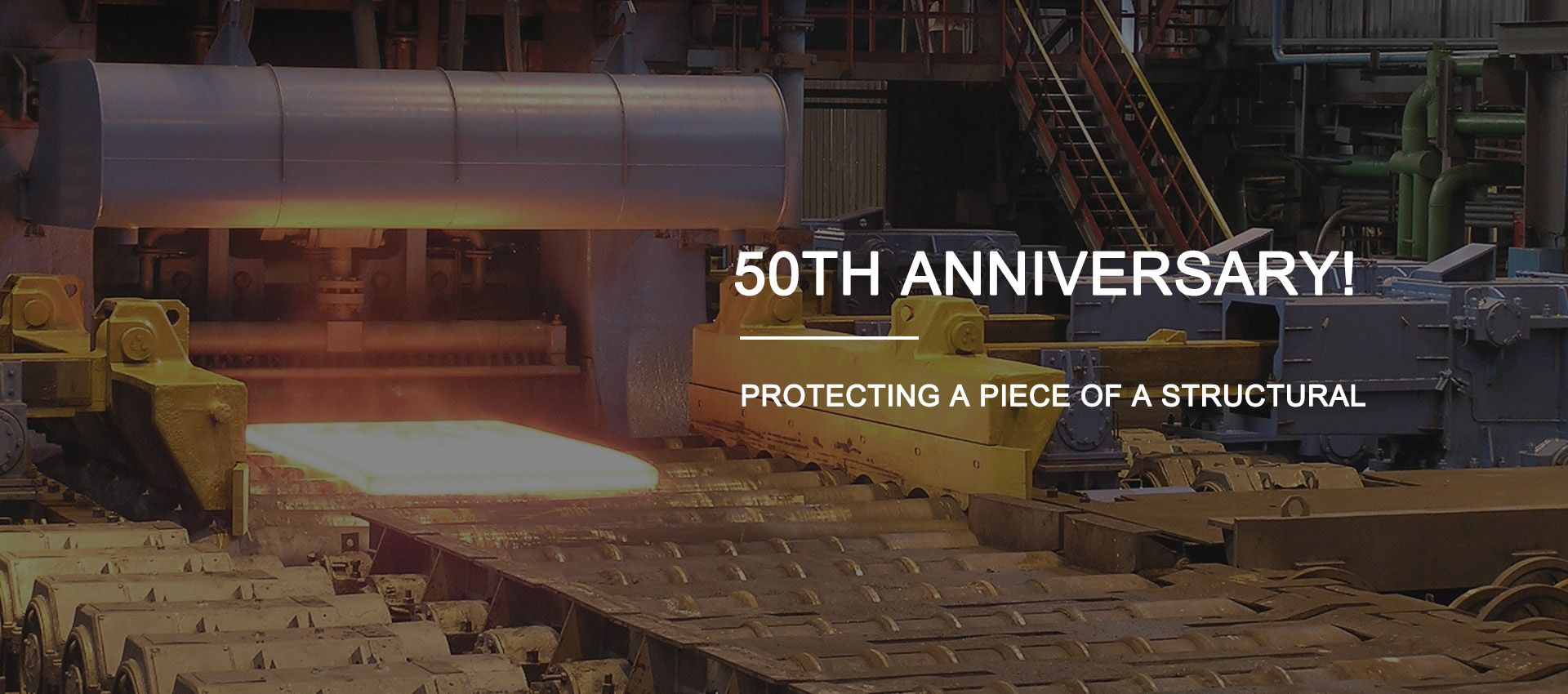

self tapping screws for cast iron
Th11 . 22, 2024 14:11 Back to list
self tapping screws for cast iron
Self-Tapping Screws for Cast Iron An Essential Guide
Self-tapping screws are an essential fastener in various applications, particularly in construction and manufacturing. When it comes to materials like cast iron, selecting the right type of screw can make a significant difference in the durability and reliability of the assembly. This article delves into the importance, types, and best practices for using self-tapping screws in cast iron applications.
What are Self-Tapping Screws?
Self-tapping screws are specially designed fasteners that can cut their threads into pre-drilled holes in various materials, eliminating the need for a nut. These screws come with sharp points that facilitate cutting into the material as they are driven. They can be particularly beneficial when working with hard materials—for instance, cast iron, which is known for its strength, wear resistance, and brittleness.
Importance of Using the Right Fastener
When fastening components made of cast iron, it is crucial to choose an appropriate self-tapping screw to ensure the integrity and longevity of the joint. Cast iron is not only a hard material but also relatively brittle compared to other metals. Using screws that are not designed for this material can lead to screw breakage, cracking, or stripping of threads, ultimately compromising the assembly.
Types of Self-Tapping Screws for Cast Iron
1. Type A Screws These screws feature a sharp point and coarse threads, making them ideal for creating threads in softer cast iron grades. They are effective for use in applications such as installing hinges or brackets.
2. Type B Screws Known for their fine threads, Type B self-tapping screws are better suited for harder grades of cast iron. They provide a more secure grip and are less likely to strip during the installation process, making them suitable for applications requiring high load-bearing capacity.
self tapping screws for cast iron

3. Thread-Cutting Screws These screws are designed specifically for creating a thread in metal materials, including cast iron. They cut into the material as they are driven, producing a tight fit and reducing the risk of stripping.
4. Self-Drilling Screws These come with a drill point that can penetrate cast iron without needing a pre-drilled hole, enhancing installation efficiency. They are suitable for specific applications, particularly where speed is a priority.
Best Practices for Using Self-Tapping Screws in Cast Iron
- Pre-Drilling Although some self-tapping screws can be used without pre-drilling, it is often a good practice to create a pilot hole for better alignment and reducing stress on the material. A pilot hole of the appropriate diameter can help in achieving better results.
- Use Lubrication Applying a lubricant can assist in reducing friction and heat buildup during the installation process, preventing potential damage to both the screw and the cast iron.
- Torque Control It is essential to use torque settings appropriate for the application when driving self-tapping screws into cast iron. Too much torque can lead to thread stripping or breakage.
- Material Compatibility Ensure that the chosen screws are compatible with the specific grade of cast iron you are working with. Corrosion-resistant coatings may also be considered depending on the application environment.
Conclusion
Self-tapping screws play a vital role in fastening cast iron components effectively. By understanding the specific types of self-tapping screws available and adhering to best practices, professionals can ensure stronger, more reliable assemblies. Whether it’s for manufacturing, automotive, or construction applications, making the right choice in self-tapping screws can significantly affect performance and longevity. Selecting the proper fastener is not merely a matter of convenience but a critical aspect of ensuring structural integrity and overall success in any project involving cast iron.
Latest news
-
Hot Dip Galvanized Bolts-About LongZe|High Strength, Corrosion Resistance
NewsJul.30,2025
-
High-Strength Hot Dip Galvanized Bolts - Hebei Longze | Corrosion Resistance, Customization
NewsJul.30,2025
-
Hot Dip Galvanized Bolts-Hebei Longze|Corrosion Resistance&High Strength
NewsJul.30,2025
-
High-Strength Hot-Dip Galvanized Bolts-Hebei Longze|Corrosion Resistance&High Strength
NewsJul.30,2025
-
Hot Dip Galvanized Bolts-Hebei Longze|Corrosion Resistance&High Strength
NewsJul.30,2025
-
Hot Dip Galvanized Bolts - Hebei Longze | Corrosion Resistance, High Strength
NewsJul.30,2025

